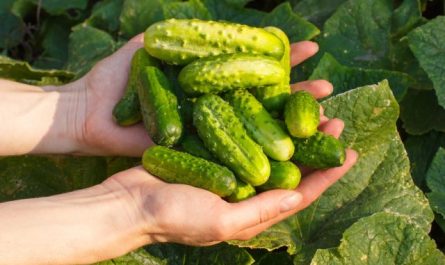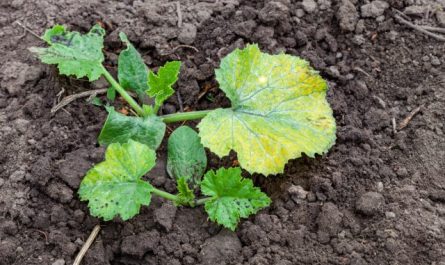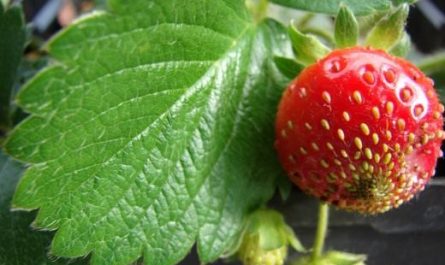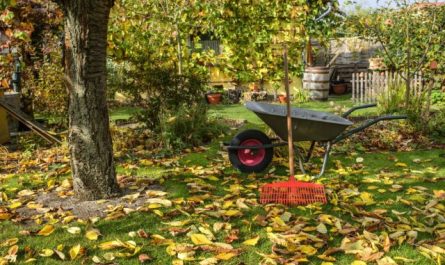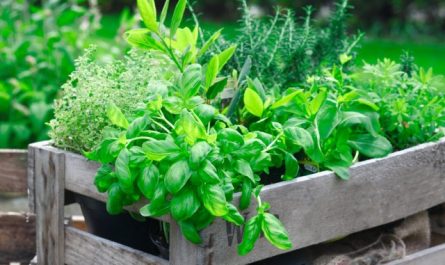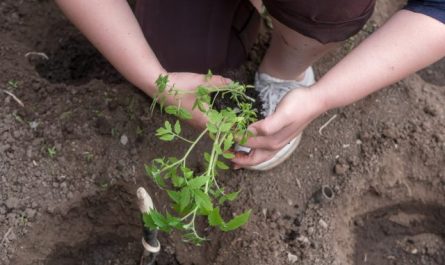Well, there is no space on the plot to accommodate everything you want! If annuals can still be hung on all vertical structures, then problems arise with perennials. They tend to grow.

There is no need to even talk about shrubs and trees – you can’t squeeze a lot of them into a plot anyway. But there is a way to fit additional trees and shrubs into your plot without planting new plants. I’ll tell you about my experiments.
What I have already achieved
Actually, we will talk about grafting. Having mastered this simple operation, you can increase the diversity of your garden many times over without increasing the planting area. The Tree of Friendship in Olympic Sochi can serve as a source of inspiration. 45 (!) species and varieties of citrus fruits are grafted onto a wild lemon tree. And they all bear fruit. Well, 45 grafts are, of course, excessive, but 4-5 can always be added to each adult tree.
Six years after the first grafting, my garden’s apple trees bear fruit of 6-2 varieties each, and pears – 5-3 varieties. On plums, in addition to plums of different varieties, Russian cherry plum, Far Eastern plum bear fruit, on cherries and cherries – other varieties and dukes (cherry and sweet cherry hybrids), on peaches – other varieties of peaches, nectarine and black apricot. Graftings are noticeable from afar already in spring.

The advantages of grafting different varieties are obvious: the branches bloom one after another, stretching out the bloom, crossing for several days – everything is pollinated very well. The blooming of some varieties this season was hit by frosts down to -2, the rest have either already bloomed or have not bloomed yet, so there will still be a harvest. In addition, there is no need to plant additional pollinator varieties, grafting copes with it. And it is always nice to simply extend the blooming of the garden.

A blooming and fragrant garden is beautiful in itself. Self-sufficient. It would seem, well, what else can be improved here? But the grafting of louiseania (three-lobed almond) onto plum (Russian and domestic) increased the spectacularity of flowering many times over. Slender “candles” of pink louiseania in white foam of plum color are unusually beautiful!
On the Russian plum (a late variety) it turned out differently: first the louiseania blooms (one half of the tree), then the Russian cherry plum wakes up and blooms.
The grafting of apricot onto plum turned out to be interesting – the apricot blossomed first with a pink cloud, followed by, slightly overlapping, the cherry plum (Russian plum) grafted onto the same plum, covered with white flowers. And a little later, flowers blossomed on the branches of the main tree that sheltered the apricot and plum.
Unfortunately, the grafted apricot lived only 5 years – it grew very well and began to overtake the skeletal branch of the rootstock (initially 10 cm thick) in thickness. In winter, under the weight of the heavy snow that stuck, the branch broke off. The plum and cherry plum are still bearing fruit together, but a grafted branch of sharafuga is already growing in their company.

The black apricot, blooming white, opens the flowering season of the peach tree on which it is grafted. The peach tree itself is covered with bright pink flowers a little later.
In general, combining vaccinations is a very interesting and creative process.
Where to start?
I prefer early spring grafting with cuttings. This is due to the climate – with our heat and drought in the summer, bud grafting is less successful. In each specific case, you need to orient yourself to the terrain.
Grafting with a spring cutting is more productive and clearer: a cutting that takes root in the spring will grow 2-3 young shoots over the summer. With dormant buds of summer budding, not everything is so obvious: the bud goes into winter and only the following spring it will wake up and begin to grow one shoot.

But for spring grafting with a cutting, you need to have a cutting. Prepared or purchased in advance and stored in a cold, frost-free room. Or buried in the snow until the time. The cuttings market has recently begun to actively develop, so this is not a particular problem. Interesting varieties or species of plants that friends, relatives and acquaintances have can serve as a source of cuttings. You only need to cut off a one-year shoot (40 centimeters long) in winter, when the plants are fast asleep, cover the cut with putty to prevent drying, wrap it in thick paper and store it until spring.
The Nedzvedsky apple tree and hybrid varieties with its participation will definitely add colors to the garden. The apple tree has burgundy foliage and red-raspberry flowers, a stunning sight. The Nedzvedsky apple tree itself is incompatible with Antonovka, but its varieties can be combined – you have to try.
If you happen to get hold of cuttings of red-fleshed and raspberry-flowered large-fruited apple varieties, you can create a two-color tree from grafts. I haven’t come across any red-fleshed cuttings yet, but I’m looking.
Red meat varieties:
- “Bellefleur red”
- “Redlaw Odisso”,
- “Baia Marisa”,
- “Redlove Era”
- «Redlove Calypso»,
- «Redlav Circe»,
- “Kohlhaas”.
All of them are late and should be grafted onto late varieties of apple trees.
Pears do not have such a variety of colors, but there are varieties with pink flowers, for example, “Krasnobokaya” and a variety with red-burgundy tops of annual shoots – “Williams Red”. My pears so far only bloom at different times and bear green, red and yellow fruits.

Distantly related apple trees, for example, the berry apple tree and the domestic apple tree, take root worse, so it is advisable to start with large-fruited varieties – they contain most of the genes of the domestic apple tree.
Grafting with stone fruits: more difficult, but more spectacular
Stone fruits take root worse than pome fruits. Before grafting, it is necessary to clarify the family ties. Perhaps the most friendly rootstock is cherry plum.
Apparently, she has all sorts of mixed genes, because she readily accepts:
- domestic plum,
- apricot,
- louiseania,
- peach,
- prunes,
- felt cherry,
- new hybrid crops for us – plumcot, aprium, sharafugu.
Alycha will accept everyone! And will also share with them its health and winter hardiness.
I don’t have any cherry plums on my plot, but I do have some behind the fence, on the river bank. Lots of them, and different. On one of them, the “Gift of St. Petersburg” variety is already bearing fruit, on another, a branch of “Melon” is growing, and the third graft was eaten by stray goats. The most annoying thing is that I cherished and pampered that cherry plum and grafted a red-leaved cherry plum onto its crown, above the first tier of branches. The original seedling blossomed white and set yellow fruits. Now I’ll have to fiddle around and restore it for another two years.

By the way, it is quite possible to make a multi-fruit tree from cherry plum. You can use existing resistant or zoned varieties of Russian plum as a rootstock. Leave the two lower tiers of branches for varietal experiments, and graft a red-leaved and dark-fruited variety with intensely pink flowers (Lama, Krasnolistnaya TSKhA, Hollywood) into the central conductor (crown). Varieties with different fruit colors can be grafted into the skeletal branches of the second tier from the bottom. Yellow-fruited varieties “Zlato Skifov”, “Mara”, red-fruited – “Puteshestvennitsa”, “Nesmeyana”, purple-fruited – “Kubanskaya Kometa”, “Tent”.
Apricot is a problematic graft. It grows very vigorously. Cherry plum will still withstand it, but other types of stone fruits will not hold it for long.
It is much more effective to graft apricot hybrids instead of apricots.:
- black apricot (hybrid with cherry plum) – “Monaresi”, “Black Velvet”;
- plumcots, pluots, apriums (a hybrid of apricot and plum in different proportions) – “Alex”, “Corona”, “Dinosaur Eggs”, “Honey Rich”;
- Nectacotum or Sharafuga (hybrids of plum, peach and apricot) – ‘Velvet Sunrise’.
All the hybrids listed have a noticeably more restrained growth compared to apricot and should get along on cherry plum. Black apricot has been growing and bearing fruit on my peach for four years, nektakotum has taken root, but has not yet borne fruit.
I am looking for a use for grafting sakura and glandular cherry. They are related, but in my opinion, separately are better than together. The glandular one just makes you want to raise it higher, it is so good!

